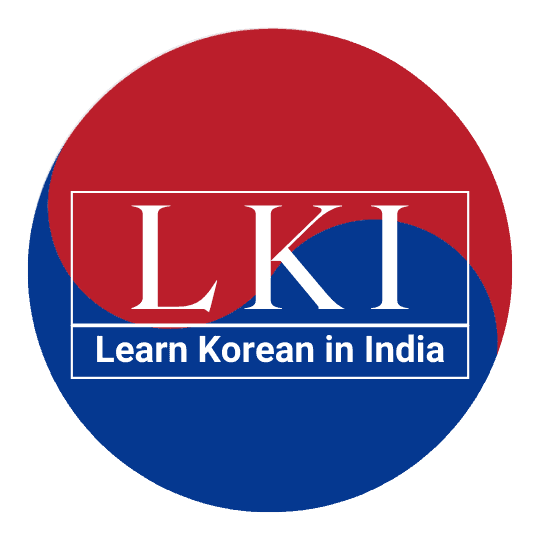Let's learn how to use "V+ (으)려고 하다 [Korean grammar]" and make some example sentences.
V+(으)려고 하다 (Korean Grammar)
USE:
V+ (으)려고 하다 Korean grammar pattern is used to tell the plan or intention to do an action.
It equals to "Plan to or intend to" in English. Let's see it in detail.
CONJUGATION RULE:
-(으)려고 하다 grammar is used with verbs. The first step of ‘(으)려고 하다’ conjugation is to remove ‘다’ from the base form of the verb.
- If the verb stem is ending with a final consonant (받침), we use v+(으)려고 하다.
- If the verb stem is ending with any vowel( without patchim) then ‘v+려고 하다’ is used.
So let's take a verb 먹다(to eat). if you remove 다 from 먹다, 먹 (stem) is left. And then, look at the stem. So in the 먹, is ending with final consonant i.e. Patchim.
According to the conjugation rule, if the stem is end with Patchim, we add (으)려고 하다.
So, If you want to say "I am planning to eat", then it will be - 먹으려고 해요.
EXAMPLE SENTENCES:
- 저는 김치를 먹으려고 해요. (I am planning to eat kimchi)
- 한국에 가려고 해요. (I am planning to go Korea)
- 저는 한국어를 배우려고 해요 . (I am planning to learn Korean)
- 미나 의 결혼 에 가려고 해요 ? (Are you planning to attend mina's wedding)
- 왜 운전을 하려고 해요? (why are you planning to drive?)
- 졸업한 후에 대학교에 취직하려고 해요.(When I graduate, I intend to get a job at the university.)
- 날씨가 따뜻할 때 공원에 가려고 해요.(When the weather gets warm, I plan to go to the park.)
NOTE:
If one wants to say that the intended plan did not go as expected, The past tense V-(으)려고 했다 is used.
For Example:
- 김치를 먹으려고 했어요. 하지만 찾을 수 없어서 먹을 수 없어요.(I planned to eat kimchi, but I didn't found it so i can't eat it.)
- 내일 쉬려고 했어요. 하지만 일이 많아서 출근하게 됐어요.(I intended to take a rest tomorrow, but I have a lot of work to do, so I have to go to work.)

